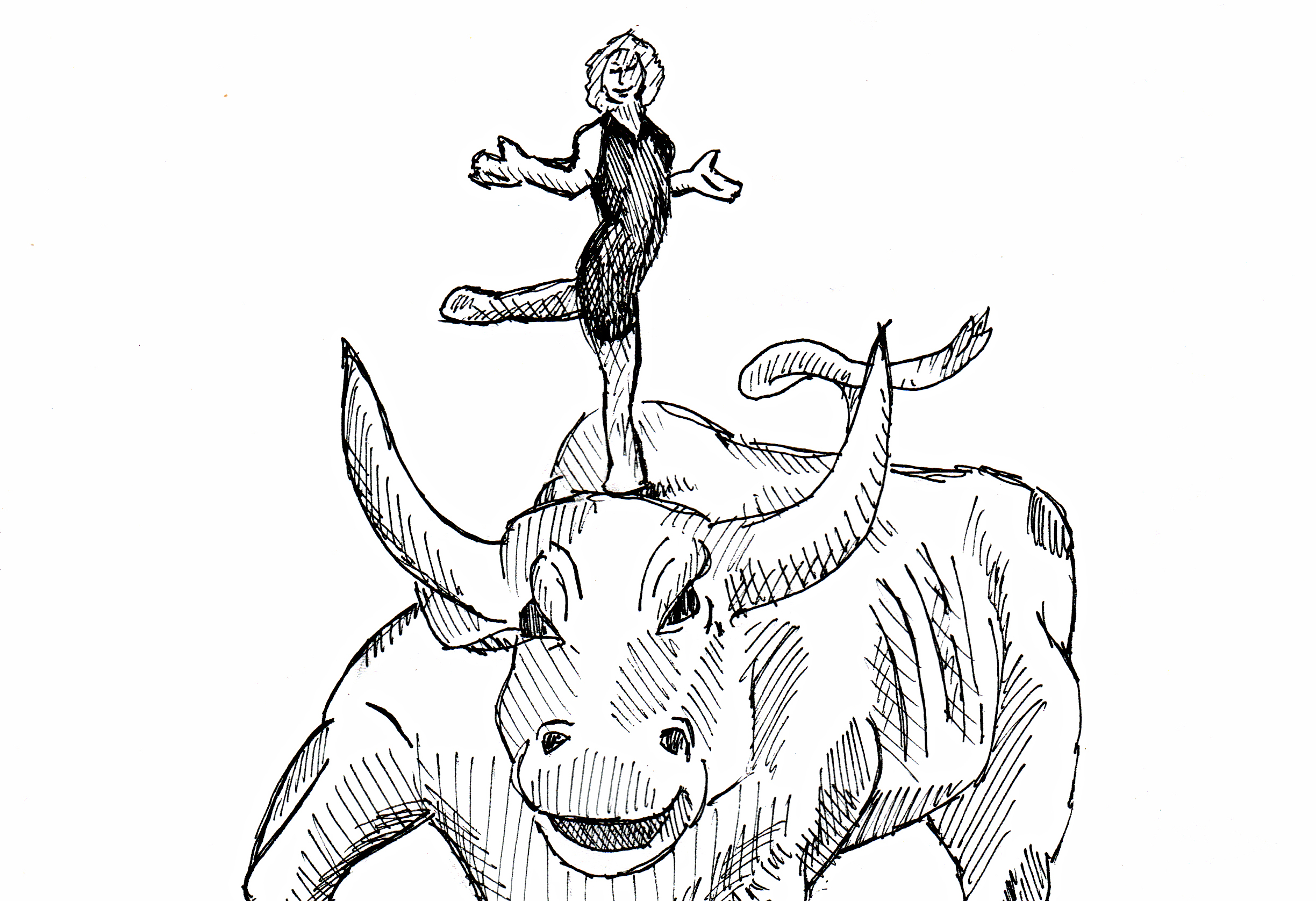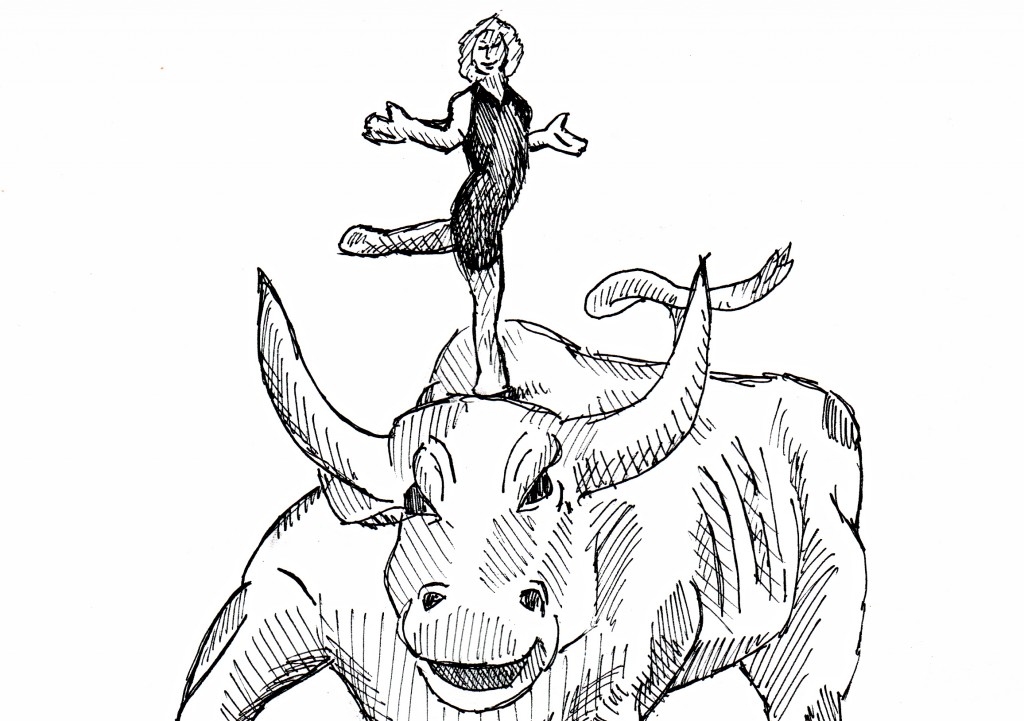
Much like there were signs, blog posts and Facebook event pages created for the protest held yesterday on our campus, those behind their self-proclaimed revolution on Wall Street also created poster-like imagery to promote their cause. The initial image, depicting a dancer perched on top of one of the most famous statues in the financial district, features text that begs the following question: “What is our one Demand?”
The problem is, we don’t know. That is why we at The New Paltz Oracle feel the “Occupy Wall Street” protestors should borrow ideas from successful demonstrators like the ones on our own campus and get more organized to get more accomplished.
Many of the thousands camping out in the financial district are making a lot of interesting points. Yes, only a small percentage of the American population controls a large proportion of the nation’s wealth. It is true, this is not fair at all. Surely, it is time for change.
Unfortunately, if we want our government leaders to pay attention to what we have to say (or be loud and strong enough to force them to pay attention) and therefore use their power to institute change, what we are saying needs to be clear. At “Occupy Wall Street,” the many voices of the masses gathering together may be drowning each other out.
Take yesterday’s walk-out, teach-in at New Paltz – their goals can be synthesized. The participating and organizing students had a well defined list of points to discuss regarding statewide and campus budget issues. There were some students there to facilitate the order of the workshops while trying to get others to join. They even offered solutions for some of these issues.
Few of these things are happening on Wall Street, and that could be problematic for the fate of this “revolution.”
When we were young, we were all taught that in order to get something done, we should set a goal for ourselves. Then, we should formulate a plan to accomplish that goal. Many of the Wall Street protestors bring up varying economic topics and clearly have different goals – and they see this a positive thing. The movement’s website boasts that this is a “leaderless” effort, but that could in fact be it’s downfall. One leader or groups of leaders could remind the masses why they joined in unison and put together more concrete plans for making things happen.
This is something all protestors and organizers shouldn’t lose sight of – successful demonstrations should have tangible results. Discussions about the crippled American economy can be engaging, educational and even inspiring. But these ideas need to be shared between people that are not necessarily like-minded. Signage, chanting and media coverage of non-violent protests will certainly turn heads. However, the key is to keep that discussion going with those who took notice. That is not going to happen if people are saying all different things and confusing some already unwilling listeners.
We applaud the organizers, young and old, for taking the initiative and recognizing that something is wrong with the American economic landscape. The task the “Occupy Wall Street” protestors have apparently taken on is not easy; after all, some have listed demands including the institution of free college education and various tax reformation. This call for radical change will be met with skepticism, which is why being clear, honest and sure is more important than ever. So if we are demanding change to the structure of wealth and power in our country, we must know what we are demanding and how we want those demands to be met.

